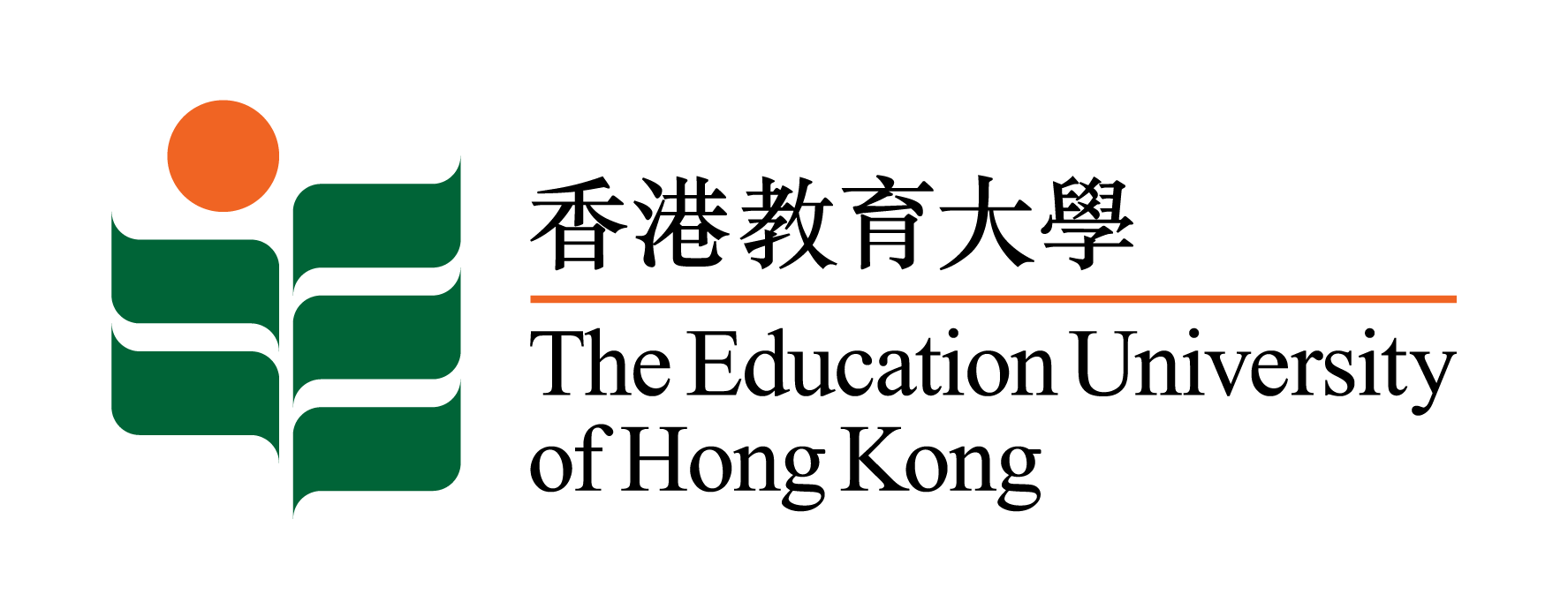Abstract:
Hong Kong has among the highest mobile phone usage rates in Asia. In Leung’s study (2013), almost 100% of the junior high school students in the focus group interview would call their teachers for tutoring assignments and homework. It is believed students will feel more comfortable and find it more convenient to ask peers and teachers questions about assignments and homework using the mobile phone. Mobile learning is a relatively new tool in the pedagogical platform to support students and teachers as they navigate the options available in the expanding world of learning. M-learning is the learning accomplished with the use of small, portable computing devices. These computing devices may include smart phones and similar handheld devices (McConatha & Praul, 2008).
This project tries to develop a mobile learning system of collecting student works (such as online exercise and course evaluation) and teacher’s e-comments, and implementing peer-evaluation and student self-evaluation for group presentation via their mobile phone. Students are also asked to design the rubrics of group presentation. The peer-evaluation will be graded and plotted with a graph to show the group performance in the presentation, and peer’s comments will also be shown for discussion right after the presentation. The mobile learning system can be accomplished into two steps. First, the online exercise, evaluation of presentation (Peer- and Self-), and learning materials will be set up and uploaded in the moodle. Second, students are asked to use their mobile phone to do peer- and self-evaluation of presentation in classroom and online exercise at anywhere. Finally, this project also investigates the acceptance toward mobile learning to enhance learning effectiveness. The acceptance of mobile learning will be assessed in four factors (system satisfaction, system activities, learners’ autonomy, and system functions), while the student learning effectiveness will be assessed in the first and the last week of semester.
Code:
T0147
Principal Project Supervisors:
Keywords provided by authors:
Subjects:
Start Date:
01 Jul 2014
End Date:
30 Dec 2015
Status:
Completed
Result:
The project has developed an Android mobile learning system of collecting student works (such as online exercise and in-class learning) and teacher's e-comments, and implementing class discussion for group presentation via their mobile phone in Jan 2015, the Android version has been extend to IOS version in Sept. 2015. Students are asked to enroll in both mass lecture and tutorial activities. The mobile learning system can be accomplished into two steps. First, the online exercises and interactive activities are provided in mass lectures. Students will finish multiple choice questions through their mobile phone. Work cloud work immediately showed the most frequent rated answer, but this may not be the correct. Lecturer would discuss the answer with students. Second, instant chat room/forum is also equipped in the apps to encourage students to upload videos and pictures related to the learning activities to share with teachers and students. Instant chat room also acts like as whatsapp function to encourage students discussion within tutorial groups. Finally, the student learning effectiveness in academic self-efficacy (ASE), organisation and attention to study (OAS), and class communication (CC) have been enhanced through the use of learning apps. Students' attitude toward using the MLPA become more positive and more willing to use that can be reflected in the usage of apps in mass lecture and tutorials, and the significant improvement of AMI in the factor of learner interface, learning community, content, and personalization.
Impact:
Attitudes toward using M-Portfolio Inventory (AMI) was measured in three times, they are time 1 Jan/2015, time 2 Sept/2015, and time 3 Dec/2015. The results has indicated that students' attitudes toward using MLPA is becoming more positive in four areas: learner interface, learning community, content, and personalization, especially from time 2 to time 3. It maybe because the learning apps was modified to suit for course and students' requirements with reference to the comments collected from students and teachers in time 1. Two subscales, learner interface and personalization, scored the first and second highest weight in the scale, indicated that the learning apps became more easy to use, more user friendly, more easy to learn the content, to choose the topic, and to control learning progress and performance. The usage of learning apps has been increased significantly from phase 2 to phase 3 in mass lecture. The results also indicated students find the learning apps easy to use, providing up-to-date and sufficient course content, stable, accessible the shared content from the apps, and recording learning progress and performance.
College Learning Effectiveness Inventory (CLEI) was also used to measure the impact student learning in three scales include academic self-efficacy (ASE), organisation and attention to study (OAS), and class communication (CC). Independent sample t-test was carried to examine the effectiveness of using learning apps in enhancing ASE, OAS and CC between phase 2 and phase 3. The results showed that three subscales of learning effectiveness were increased significantly.
The usage of learning apps has been increased to 7684 times among 301 users, in other words, the average frequency of each participant student used learning apps to search course information, to use chat room in apps, and to use apps to do online exercises was 25.53 in phase 3 comparing with 4.5 times in phase 2. This reflected the revision of learning apps and the support of full time staff can really help us promote the usage of learning apps.
Financial Year:
2013-14
Type:
TDG
